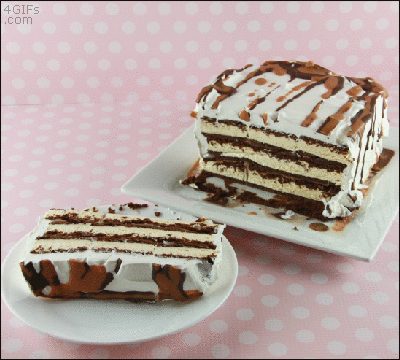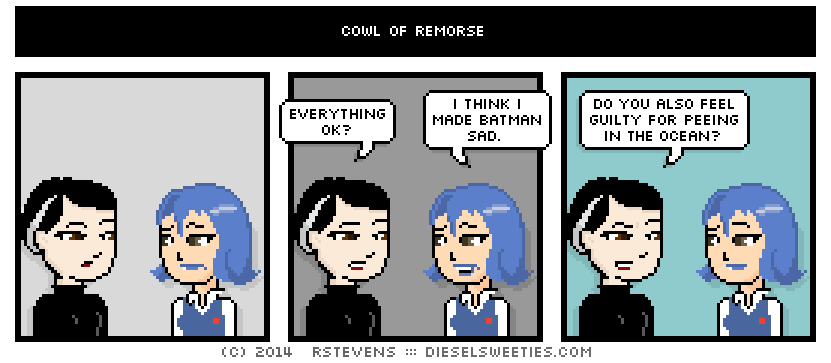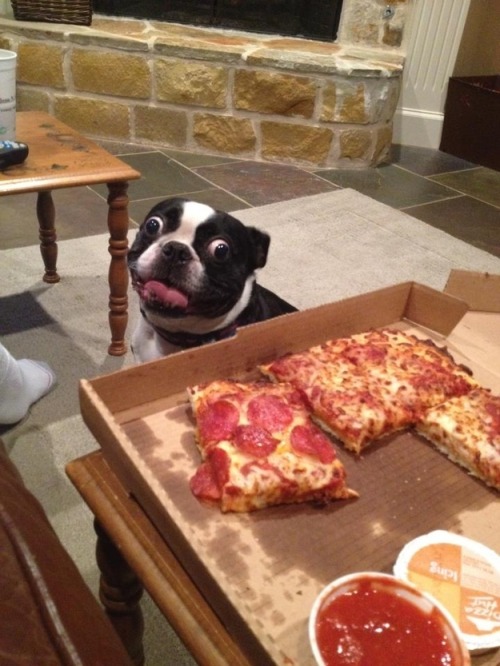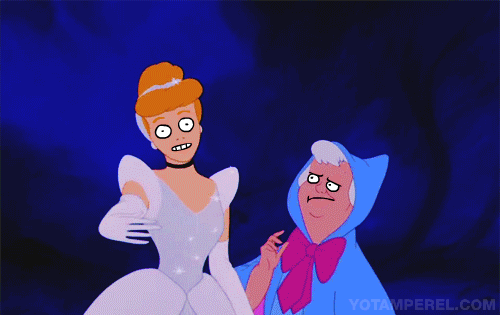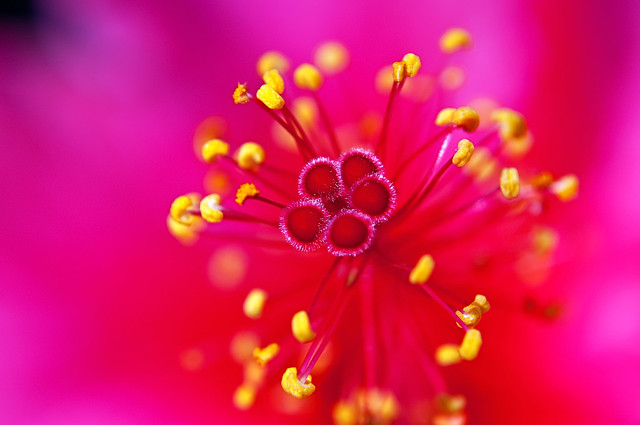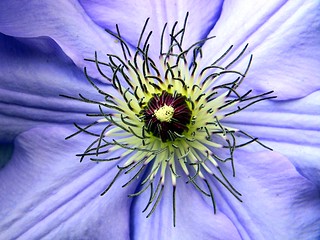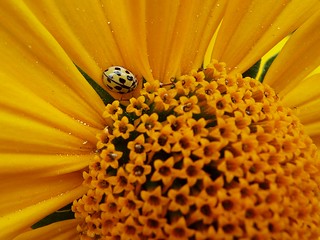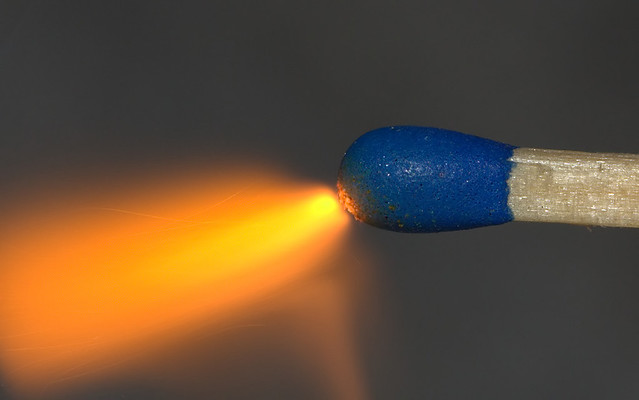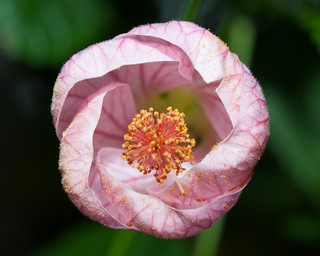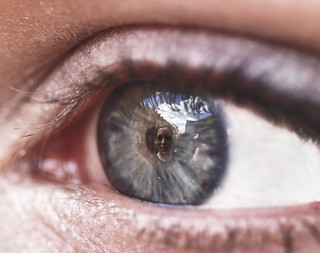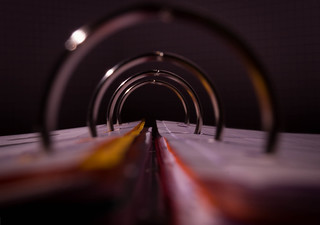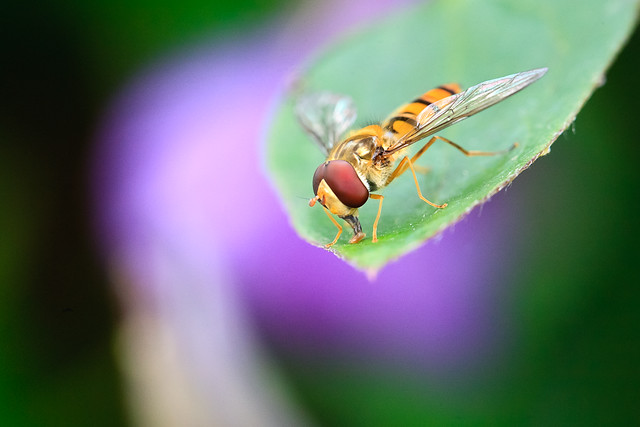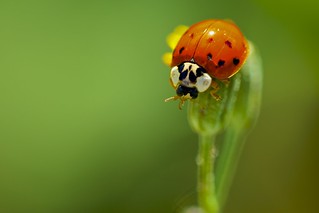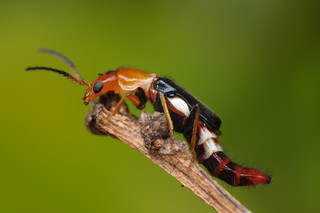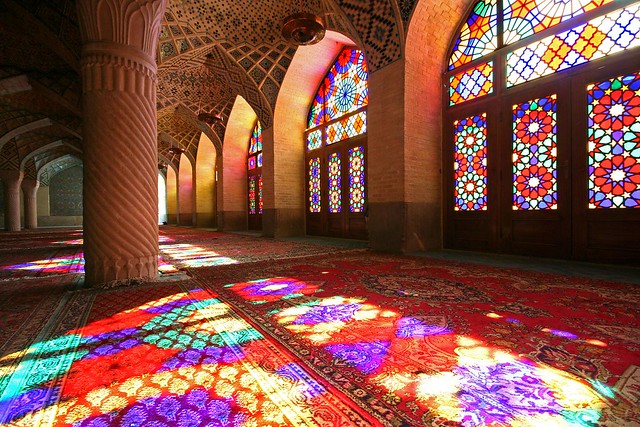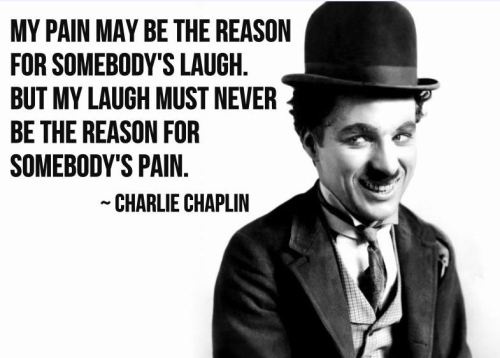
Cooper Griggs
Shared posts
Psychogeographies: 3D Collages Encased in Layers of Glass by Dustin Yellin

Psychogeography 45 (2014) | all photos courtesy the artist

Psychogeography 42 – detail

Psychogeography 45 (2014) – detail

Psychogeography 45 (2014) – detail

Psychogeography 43 (2014)

Psychogeography 43 (2014) – detail

Psychogeography 43 (2014) – detail

Untitled Small Figure 07

Psychogeography 41 (2013)

Psychogeography is the act of exploring an urban environment with an emphasis on curiosity and drifting. Or, more colloquially put, a “toy box full of playful, inventive strategies for exploring cities.” For the Brooklyn-based artist Dustin Yellin, his toy box is full of everything he finds on the street—flowers, leaves, bugs, and even dead rats, which are then composed into three-dimensional collages and sealed behind resin.
In his most recent series “Psychogeographies,” Yellin uses multiple layers of glass, each covered in detailed imagery, to create a single intricate, three-dimensional collage with a mix of magazine cut-outs and acrylic paint. When pressed to describe what he does, Yellin struggles, but not with a lack of words. Here is an excerpt from a mini-essay “concerning the difficulty of saying something about what I do.”
“Is it a copout to say “the work speaks for itself”?
I feel like it is
But I’m also awful talking about what the work is.
So sometimes I say “it speaks for itself”
But what does that even mean?
However, he does offer some advice:
First and foremost, they’re massive see-through blocks
And that’s one way to read them, listen to them “speaking”
As massive see through blocks.
Another is to listen to what’s inside them
The forms, the clippings, the dead things, the painted things,
Frozen between the layers of glass, what I’ve called
The captured and frozen “dynamism” of culture.
You can follow Dustin Yellin on Facebook or Instagram, or read more about him in this NYT article.
Profile #silhouette #face #fire #poi #longexposure #culvercity...

Profile
#silhouette #face #fire #poi #longexposure #culvercity #losangeles #california #long #exposure #experiment #canon #650d #t4i #experimental #streak #hair #shadow (at Culver City Park)
Scorpion #fire #spinning #longexposure #culvercity #losangeles...

Scorpion
#fire #spinning #longexposure #culvercity #losangeles #california #experimental #long #exposure #canon #650d #t4i #firespinning #performer #experiment #scorpion (at Culver City Park)
travelingcolors: Ventisquero Colgante, Queulat | Chile (by...
midcenturymodernfreak: c. 1970 Modern Australia |...
7while23: Alexi K, Cognitive Polygraph (Woman Disrobing), 2013...
perel: i do these when i dont know what to do
chemfusion: zombiesandmore: If Andromeda were brighter, this...

If Andromeda were brighter, this is how it would look in our night sky. They’re all out there, we just can’t see them
Distance to Earth: 2,538,000 light yearswe just can’t see them :(
Having view like that would be awesome!
#Flickr10 Samplr Day 4: Macro
Here’s a selection of outstanding macro photography submitted to the #Flickr10 group in celebration of our 10th anniversary. From the anatomy of a hibiscus flower to a lit matchstick to a sedentary fly, the fine details of tiny things are captured with exceptional clarity.
Check out our previous Samplr themes: Animals | Skywards | People
Stay tuned for six more Samplrs and thanks for your group contributions!
Photos from John ‘K’, Pfish44, SabineausL, - Burning Rubber -, Lú_, ♫CoolMcFlash♫, erwannf, Julien Chil, .pd33, virginiefort, and Rundstedt B. Rovillos.
Rainbow of color in Iran’s Nasir al-Mulk Mosque
The Nasir al-Mulk Mosque in Shiraz, Iran, is one of the more visually stunning buildings in the world. The famous stained glass windows cast a rainbow of vibrant colors on the walls and floor of the mosque during certain hours of the day. View more photos of the mosque in the Pink Mosque’s Rainbow Colors gallery.
Photos from Maryam Zamani, hn, anisk, and MY2200.
Illuminated Cut Paper Light Boxes by Hari & Deepti













Deepti Nair and Harikrishnan Panicker (known collectively as Hari & Deepti) are an artist couple who create paper cut light boxes. Each diorama is made from layers of cut watercolor paper placed inside a shadow box and is lit from behind with flexible LED light strips. The small visual narratives depicted in each work often play off aspects of light including stars, flames, fireflies, and planets. The couple shares about their work:
Paper is brutal in its simplicity as a medium. It demands the attention of the artist while it provides the softness they need to mold it in to something beautiful. It is playful, light, colorless and colorful. It is minimal and intricate. It reflects light, creates depth and illusions in a way that it takes the artist through a journey with limitless possibilities.
What amazes us about the paper cut light boxes is the dichotomy of the piece in its lit and unlit state, the contrast is so stark that it has this mystical effect on the viewers.
Hari & Deepti are originally from India but now live and work in Denver. Their work most recently appeared at SCOPE New York through Black Book Gallery. (via Hi-Fructose, My Modern Met)
myradish: aullidodecisne: hyggehaven: Chinampa (Nahuatl: chin...


Chinampa (Nahuatl: chināmitl [tʃiˈnaːmitɬ]) is a method of ancient Mesoamerican agriculture which used small, rectangular areas of fertile arable land to grow crops on the shallow lake beds in the Valley of Mexico.
Sometimes referred to as “floating gardens,” chinampas were artificial islands that usually measured roughly 98 ft × 8.2 ft (30 m × 2.5 m).[1] Chinampas were used by the ancient Aztec [Aboriginal Peoples].[2] In Tenochtitlan, the chinampas ranged from 300 ft × 15 ft (91 m × 4.6 m)[1] to 300 ft × 30 ft (91 m × 9.1 m)[1][3] They were created by staking out the shallow lake bed and then fencing in the rectangle with wattle. The fenced-off area was then layered with mud, lake sediment, and decaying vegetation, eventually bringing it above the level of the lake. Often trees such as āhuexōtl [aːˈweːʃoːt͡ɬ] (Salix bonplandiana)[2] (a willow) and āhuēhuētl [aːˈweːweːt͡ɬ] (Taxodium mucronatum)[4] (a cypress) were planted at the corners to secure the chinampa. Chinampas were separated by channels wide enough for a canoe to pass. These “islands” had very high crop yields with up to 7 crops a year.[5]
photo: Iraun permakultura (1), Aztec Chinampas model by Te Mahi, Photographer: Te Papa, © Te Papa (2)
Chinampas.
Indigenous technology
I can’t believe this is real, just watch it all the way...
I can’t believe this is real, just watch it all the way through.
The Essence of Sound: Lycopodium Powder on a Subwoofer

In her second experimental clip exploring the effect of sound waves on lycopodium powder, filmmaker Susie Sie just released this new propmotial video for high-end audio system manufacturer Burkhardtsmaier. The super fine (and super flammable) powder made of clubmoss spores creates fascinating patterns and forms as it vibrates due to a subwoofer positioned just below the surface. If you liked this you’ll also like her previous short Cymatics.
Felted Veggies Dangle from Embroidered Leaves



I promise Colossal won’t turn into a full-time embroidery blog, but Munich-based Veselka Bulkan from Green Accordion created these fun felted veggies that dangle hang from embroidered leaves. Currently available in two different designs. (via Whimsebox)
Waterbears can go without food or water for more than a...
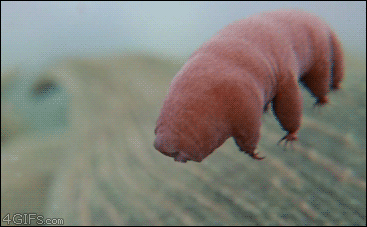
Waterbears can go without food or water for more than a decade. They can survive temperatures from zero to above the boiling point of water, pressure six times stronger than the deepest ocean trench, radiation hundreds of times higher than the fatal dose for a human, and the vacuum of space.
vintagephoto: “The Kiss of Life.” Rocco Morabito, 1967
Cooper GriggsWas this guy electrocuted and the other dude was performing CPR?

